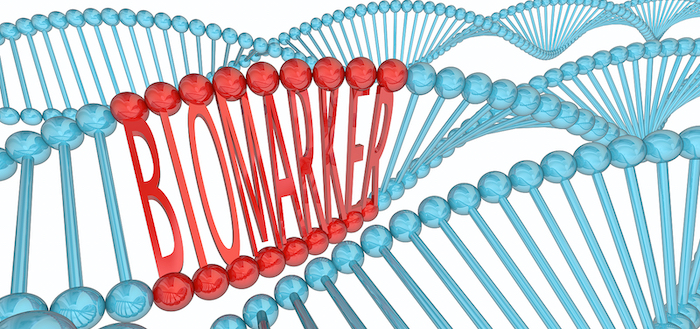GATA3 Biomarker Signals Survival Differences in Male and Female Mesothelioma Patients

Researchers in Australia studying the biomarker GATA3 found female patients with the biomarker typically have more favorable survival rates than male patients with the same biomarker.
In their study, the researchers analyzed patient data to determine if they could infer patient cell type or prognosis from biomarker presence.
Request a Free 2024 Mesothelioma Guide
What Is the GATA3 Biomarker?
The GATA3 biomarker is a protein that contributes to:
- The control of cell behavior and
- The development of cancer
The Australian researchers studied biopsy samples from 149 pleural mesothelioma patients. They then analyzed the data for any diagnostic or prognostic benefits for GATA3-positive patients.
GATA3 Present in All Mesothelioma Cell Types
Through their research, the doctors found the three most common mesothelioma cell types all had varying levels of GATA3.
GATA3 Testing
| Epithelioid | Sarcomatoid | Biphasic | |
| Low GATA3 | 60% | 27% | 50% |
| High GATA3 | 40% | 73% | 50% |
A shortcoming of the GATA3 Biomarker: GATA3 can not be used to differentiate between mesothelioma cell types.
Other Shortcomings in the Biomarker Testing
The researchers were also unable to use GATA3 alone to determine prognosis or life expectancy.
As secondary biomarker testing, researchers analyzed the presence of BAP1 in the same patient group. The BAP1 biomarker typically acts as a tumor suppressor. Losing BAP1 can negatively impact patient survival.
BAP1 Testing
| Epithelioid | Sarcomatoid | Biphasic | |
| BAP1 Lost | 59% | 12% | 32% |
| BAP1 Retained | 41% | 88% | 68% |
*Cells that still have BAP1 will be LESS aggressive. So keeping BAP1 is good, losing BAP1 is bad.
The researchers did not find a correlation between the presence of GATA3 and BAP1. Of the 149 patients tested for BAP1, those with sarcomatoid mesothelioma had the highest percentage of BAP1 retained. This group also had the highest GATA3.
Traditionally, sarcomatoid mesothelioma is a less favorable cell type. Sarcomatoid mesothelioma often doesn’t react as well to treatment when compared to epithelioid mesothelioma.
Female Mesothelioma Patients With GATA3 Survive Longer
The most definitive and positive finding from the research relates to the survival implications for female mesothelioma patients with high GATA3.
Women with GATA3 survived about 24 months. Male patients with the same biomarker survived about nine months.
Future Possibilities for Biomarker Testing in Mesothelioma Patients
Biomarkers, such as GATA3 and BAP1, are continually tested. Researchers study biomarkers, such as GATA3 and BAP1, in order to improve detection and treatment of mesothelioma and other cancers. Though GATA3 seems to have limited utility at this point, it may be useful when tested alongside other biomarkers in the future.
Studies like this one may also lead to advancements in early detection. Early detection may allow patients to undergo aggressive treatment options, such as surgery. This can then improve survival for those diagnosed in the early stages of mesothelioma.